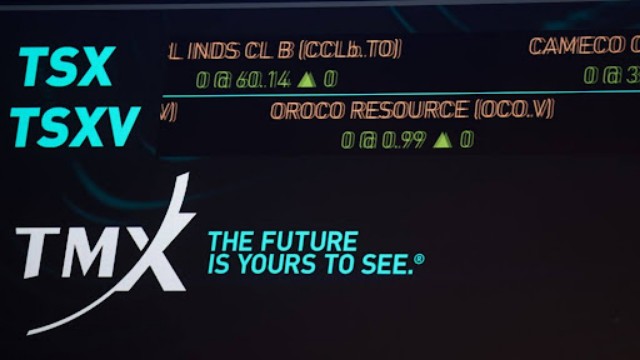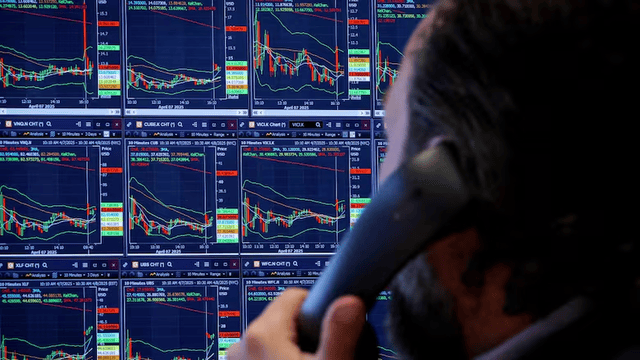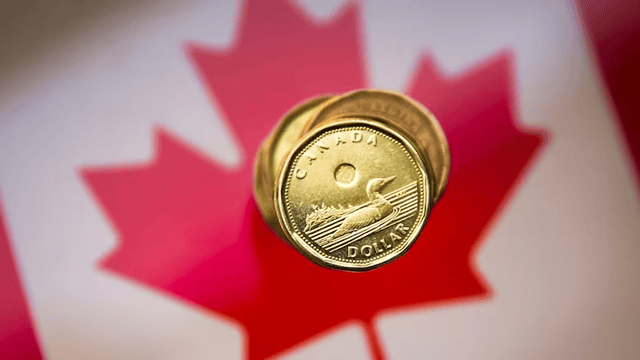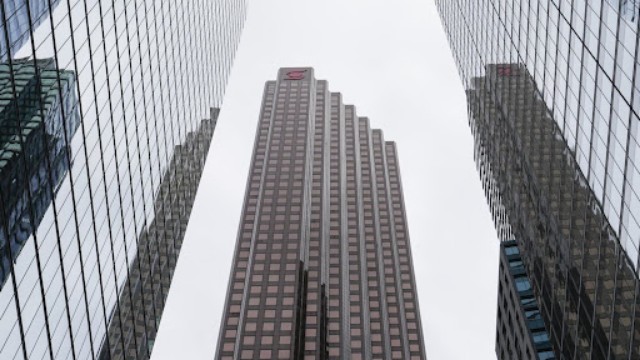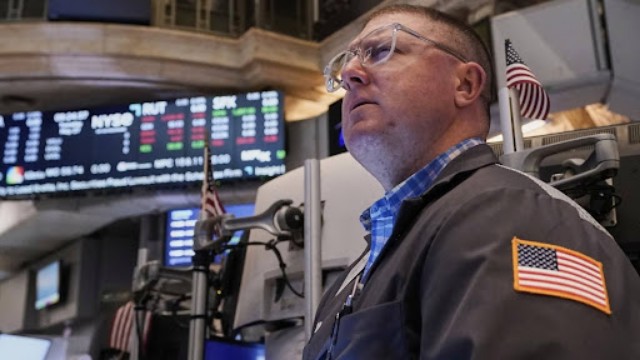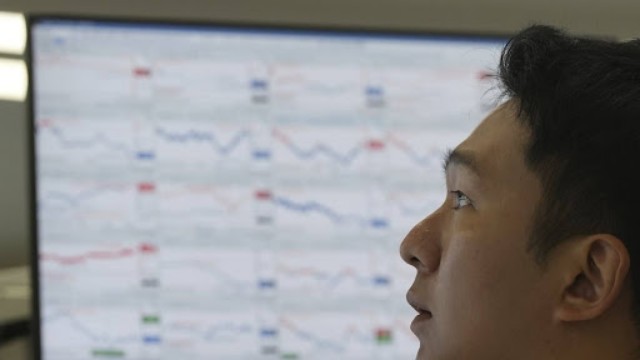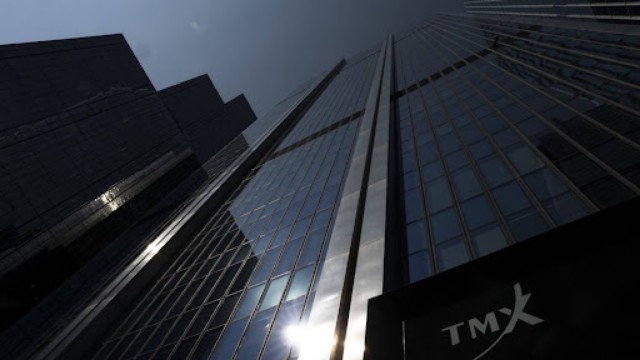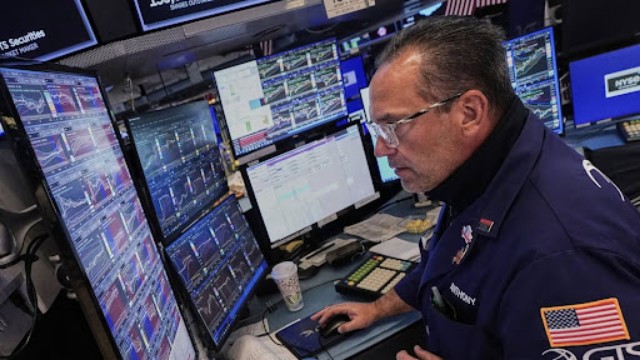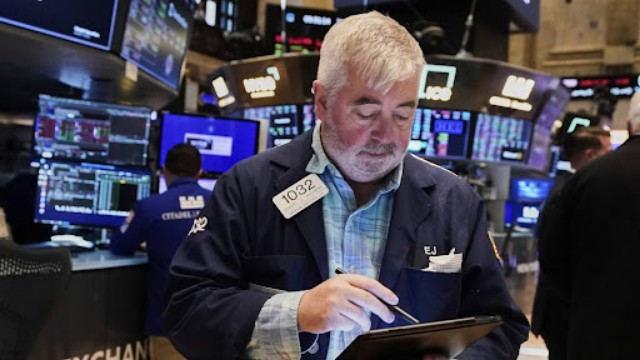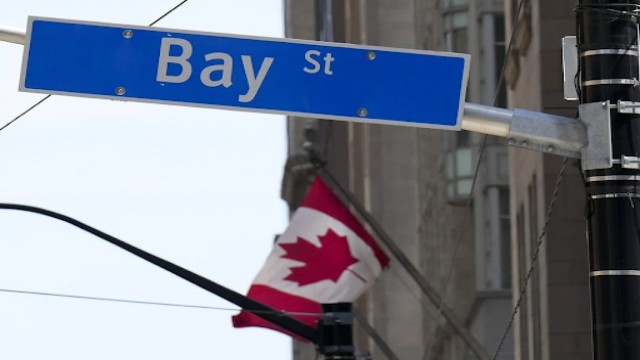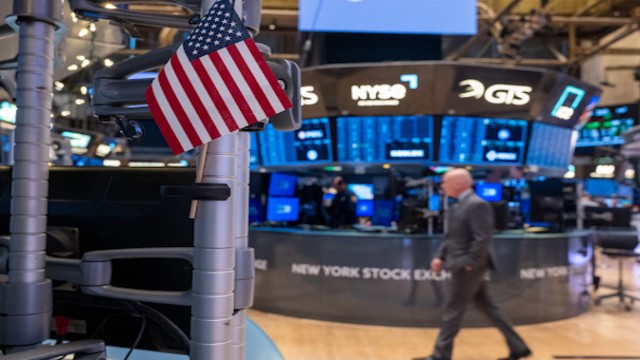
Why the Stock Market Could Be Headed for a Sudden Drop - The Globe and Mail
As we enter a new year, a pressing question on many investors' minds is whether stock markets will continue to soar or face a significant downturn. Over the past 15 years, the S&P 500 Index has enjoyed remarkable growth, climbing from a low of 732 in early 2009 to recently breaking the 6,000 mark. However, this steady ascent has sparked concerns about a potential correction—or even a crash.
One key indicator fuelling these concerns is the price-to-earnings (P/E) ratio, which measures the valuation of stocks relative to their earnings. Historically, the P/E ratio for the S&P 500 hovered between 10 and 20, even during the roaring 1920s before the infamous 1929 crash. But since the 1990s, higher P/E ratios have become more common—and so have market crashes. Notable examples include the dot-com bubble burst in March 2000 and the financial crisis of September 2008, which followed Lehman Brothers' collapse.
Currently, the S&P 500’s P/E ratio sits at over 30—a level rarely seen while markets are still rising. The only other time this occurred was during the late stages of the dot-com boom, which ended in a dramatic downturn. While it might seem possible for the S&P 500 to climb higher, history suggests that such lofty valuations are unsustainable. If the P/E ratio reverts to its historical average of 20, and corporate earnings remain steady, the index could plunge to 4,000—a significant drop from its current highs.
Even though Canadian markets are not as overheated as their U.S. counterparts, they are unlikely to escape unscathed if a correction occurs. The interconnected nature of global finance means any turbulence in the S&P 500 would send ripples through other markets.
For retirees and investors, this is a critical moment to evaluate their portfolios. High P/E ratios act like a stretched elastic band—eventually, they snap. While no one can predict the exact timing of a market downturn, staying informed and prepared can help mitigate potential losses.


